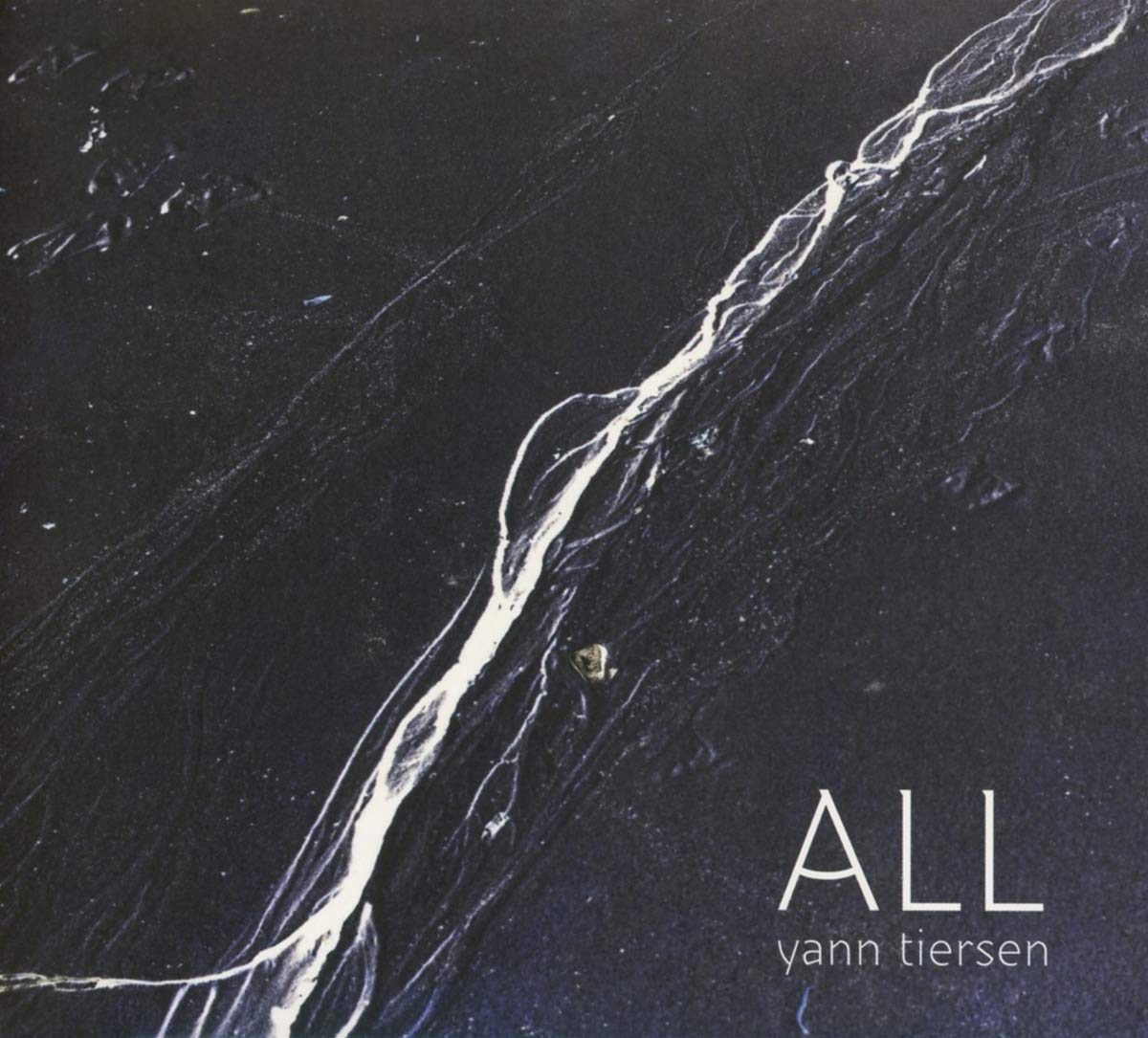“All”, by Yann Tiersen.
The French composer and pianist has been living for some time now in a place located precisely “out of time”: the island of Ouessant, twenty kilometres off the mainland coast of the French region of Brittany, a rock with an adverse climate and scarcely inhabited (barely a thousand inhabitants). In 2016, Tiersen dedicated an album to the island –Eusa-, austere but warm, with piano and field recordings, interspersed, made in this wild and solitary environment. Now, on the other hand, the process has been geographically expansive and less austere… Although he maintains his fondness for minimal instrumentation, there is a much wider range of references, exemplified in the field recordings made for this album, taken in scattered geographical locations, whether in the Lost Coast of northern California – where he was chased by a puma – or in the abandoned Berlin airport of Tempelhof – also the title of the piece that opens All, his new album – now converted into the largest Syrian refugee camp in Germany, where what sounds are the noises of children’s games. In Beure Kentañ we hear bird songs, and in Koad the voice of the Swedish singer-songwriter and organist Anna Von Hausswolff, who surprises us with the sweetness she brings to her interpretation (considering that her records are rather dark and dense, in the vein of Kate Bush or even Diamanda Galas). This is not the only vocal collaboration: Ólavur Jákupsson -a regular member of Tiersen’s live band, who intervenes with vocals in Faroese on Erc’h, a track that could be part of Dead Can Dance’s discography-, singer and songwriter Emilie Quinquis -Tiersen’s wife since August 2016-, or the Breton singer Denez Prigent -for whom Tiersen has composed music in the past, and who here sings in one of the most haunting songs on the album, Gwennillied, in which cowbells also seem to ring-. There is even an uncredited vocal on Heol…
It sounds like it, but the album is not about beauty for beauty’s sake. It is certainly beautiful, but it is not an empty record. There are countless references and paths that go from the organic to the electronic: passages of a telluric classicism that we could place in the orbits of Max Richter or Arvo Pärt and almost post-rock moments that would not be out of place in a Silver Mount Zion recording. With every step Tiersen takes, his legend grows, and our role is to spread his message.
